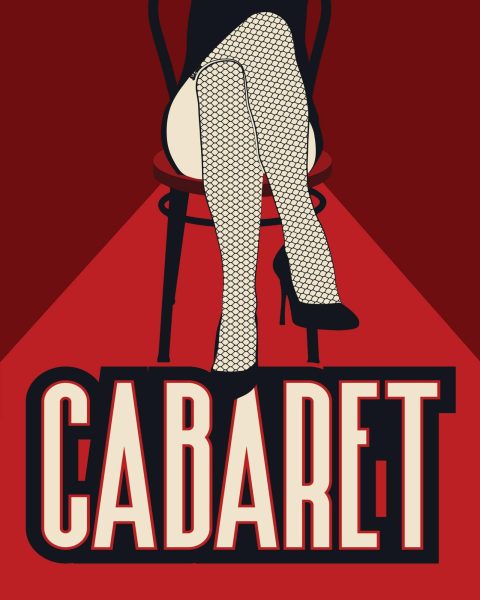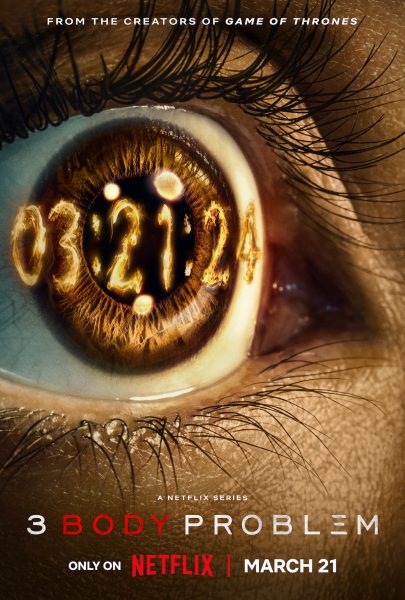Midsommar succeeds in unsettling audiences
August 23, 2019
With horror enthusiasts on the edge of their seats in anticipation, director Ari Aster satiates fans of his popular feature film debut “Hereditary.” His new film, “Midsommar,” follows a group of students who venture to Sweden to experience a ritualistic midsummer festival that occurs every 90 years. As the days unfold, the visitors are launched into a horrific, psychedelic-fueled nightmare.
Similar to “Hereditary,” “Midsommar” delves into tragedy and grief. The female protagonist, Dani (Florence Pugh), grapples with multiple forms of loss throughout the trip. The trauma Dani experiences at the beginning of the film is reawoken in her as the festival begins to unravel, unsettling her as much as those who traveled there with her.
As Dani and her boyfriend Christian (Jack Reynor) embark on the journey, their fragile relationship is tested. Aster uses this film as a vessel to portray the deterioration of a romantic relationship, drawing inspiration from a bad break-up he experienced while writing the film. Determined, he aimed to create a film that produces as much emotion as this event caused him.
One of the successes of the film is its audio and visual effects; multiple scenes are edited to emulate being on a “bad trip” after consuming mushrooms. These effects are carried seamlessly throughout the film, alerting the audience to the severity of intoxication the characters are experiencing.
Another visual tactic made use of in the film is its ability to shock and unsettle viewers, despite most of the film taking place in daylight. Using a cohesive pastel-infused color palette, the visual beauty of the shots are enhanced and the contrast between the expectations of the festival versus the realities of it are amplified.
With audio techniques, the film makes use of sound to hypnotize viewers and pull them into the world. Although the film is a slow burn, watching it makes you feel as though you’ve lost track of time, just as the characters do. The sound used in the film also helps to focus viewers’ attention during particular moments of tension.
Aster comprehensively inserts his signature style by evoking horror and suspense that is fueled by humans rather than ominous forces. Although the film succeeds in stirring and disturbing audiences, it lacks trademark horror elements, which may leave fans of classic horror itching for more. If you are able to leave behind your expectations of a classic horror or refrain from comparing the film to Aster’s previous work, “Midsommar” is unlikely to disappoint.




















